[PL]
1.Kamizelka kuloodporna
Kazimierz Żegleń urodził się w 1869 r. w Kaczanówce koło Tarnopola, a zmarł w 1910 r. Był polskim zakonnikiem ze Zgromadzenia Zmartwychwstańców. Nie ukończył żadnego prestiżowego uniwersytetu, jednak miał pasję, konsekwencję i uczył się sam.
W 1897r .Ks. Kazimierz Żegleń poruszony atakami terrorystycznymi, które w tamtym czasie zdarzały się bardzo często na przedstawicieli władzy, zaprojektował i opatentował swój wynalazek.
Współpraca dwóch Polaków
Jan Szczepanik, polski nauczyciel, wynalazca, samouk. Urodził się w 1872 r. w Rudnikach k. Mościsk, a zmarł w Tarnowie w 1926 r.
W Wiedniu w 1898 r. obaj wynalazcy skontaktowali się ze sobą. Szczepanik już wcześniej znany był ze swojej innowacyjności. Żegleń zdecydował się więc na współpracę z „polskim Edisonem”. Celem współpracy stała się produkcja kamizelek kuloodpornych. W tym samym roku na specjalnym krośnie utkane zostały pierwsze kamizelki. Zakonnik wrócił z nimi do USA. Sam ubierał się w kamizelkę i przeprowadzał publiczne pokazy, podczas których widzowie mogli zobaczyć na własne oczy możliwości wynalazku.
Kamizelkę kuloodporną wymyślili dwaj Polacy, którzy wyemigrowali do USA. W tamtym czasie Polski nie było na mapie świata a mimo to nie zapomnieli kim są i skąd pochodzą!
[EN]
1. Bulletproof vest
Kazimierz Żegleń was born in 1869 in Kaczanówce near Tarnopol, and died in 1910. He was a Polish monk from the Congregation of the Resurrectionists. He did not graduate from any prestigious university, but he had passion, consistency and learned himself.
In 1897.Ks. Kazimierz Żegleń, touched by terrorist attacks, which at that time happened very often to representatives of power, he designed and patented his invention.
Cooperation between two Poles
Jan Szczepanik, Polish teacher, inventor, self-taught. He was born in 1872 in Rudniki near Mościska and died in Tarnów in 1926.
In Vienna in 1898, the two inventors contacted each other. Szczepanik was already known for his innovativeness. Żegleń decided to cooperate with the "Polish Edison". The goal of cooperation was the production of bulletproof vests. In the same year, the first vest was woven on a special loom. The friar returned to the USA with them. He dressed himself in a vest and conducted public screenings, during which viewers could see the possibilities of the invention with their own eyes.
The bulletproof vest was invented by two Poles who immigrated to the USA. At that time, Poland was not on the world map and yet they did not forget who they are and where they come from!
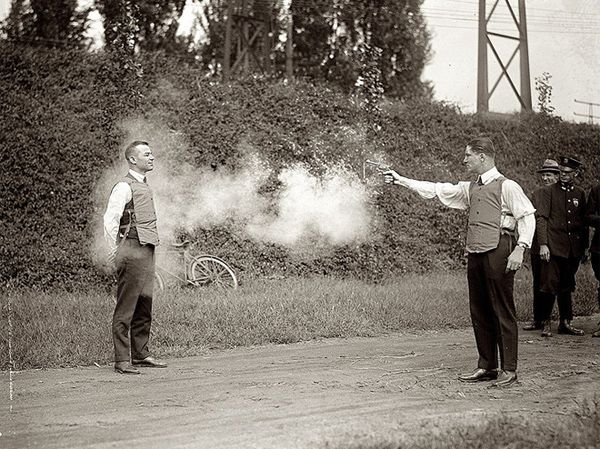
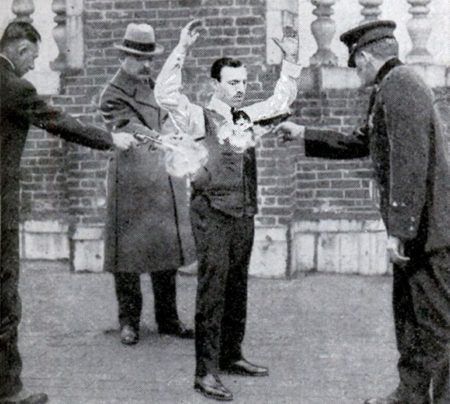
[PL]
2. Wykrywacz min
Pierwszy wykrywacz min został opracowany podczas II wojny światowej, zimą 1941/1942 przez dwóch poruczników Józefa Kosackiego oraz Andrzeja Garbosia z Centrum Wyszkolenia Łączności służących w Polskich Siłach Zbrojnych na Zachodzie. Miny były jedne z najskuteczniejszych broni a zarazem bardzo tanie i trudne w wykryciu.
[EN]
2. Mine Polish Detector
The first mine detector was developed during World War II, in the winter of 1941/1942 by two lieutenants Józef Kosacki and Andrzej Garboś from the Communications Training Center serving in the Polish Armed Forces in the West. Mines were one of the most effective weapons and at the same time very cheap and difficult to detect.
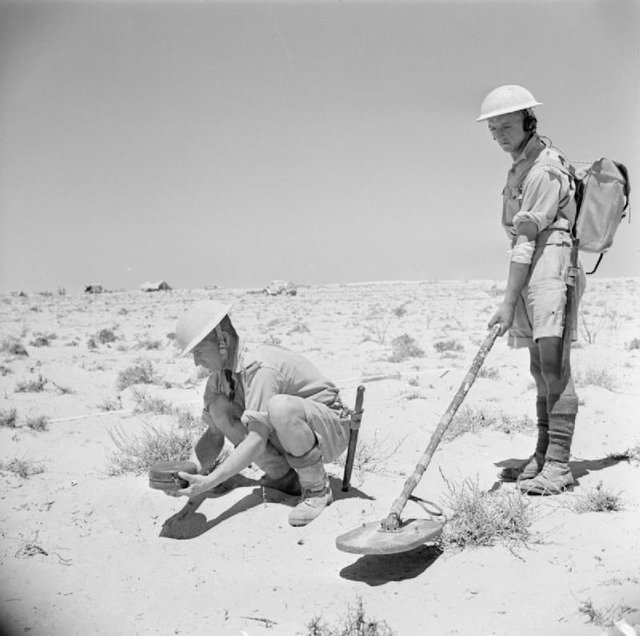
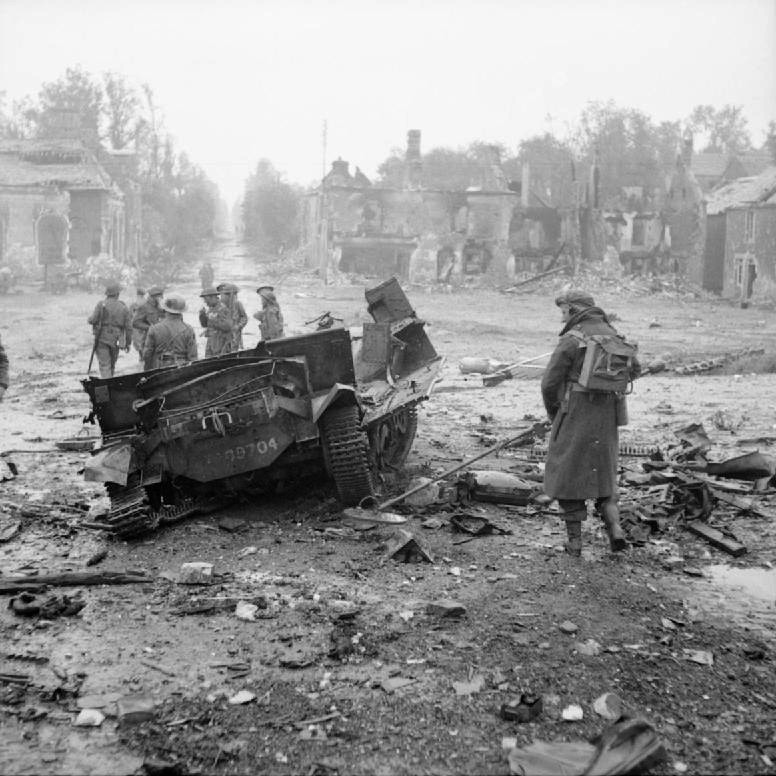
[PL]
3. Esperanto
Ludwik Zamenhof - rodził się w Białymstoku 15 grudnia 1859. Biegle władał językiem polskim, rosyjskim, niemieckim, francuskim, angielskim, łaciną i greką. W tym czasie miasto zamieszkiwały cztery grupy narodowościowe – Polacy, Rosjanie, Niemcy i Żydzi. Twierdził, że do nieporozumień między ludźmi dochodzi przez barierę językową. Dlatego 1887r. wymyślił język wspólny dla wszystkich. - Esperanto
[EN]
3. Esperanto Language
Ludwik Zamenhof - he was born in Białystok on December 15, 1859. He was fluent in Polish, Russian, German, French, English, Latin and Greek. At that time, the city was inhabited by four ethnic groups - Poles, Russians, Germans and Jews.
He claimed that the misunderstanding between people comes through the language barrier. That's why 1887. he invented a language common to all. - Esperanto
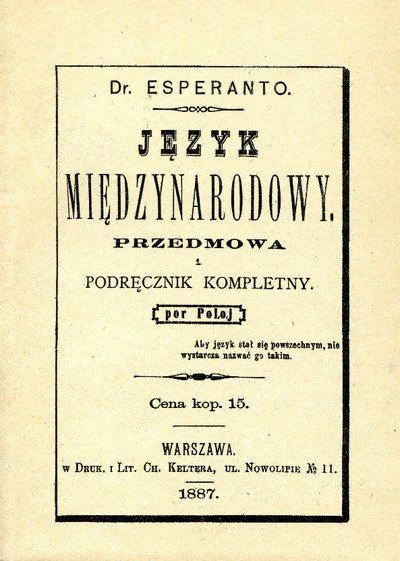
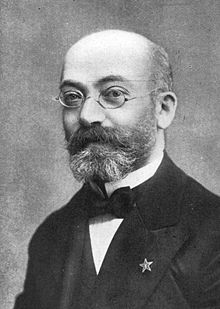
[PL]
4. Smigłowiec
Adam Ostaszewski -(ur. 22 października 1860 we Wzdowie, zm. 4 marca 1934 w Krakowie) – polski naukowiec i wynalazca, nazywany "Leonardem ze Wzdowa" Był konstruktorem szeregu modeli samolotów (w tym płatowca z silnikiem, który konstrukcyjnie nawiązywał do samolotu braci Wright), samolotu odrzutowego, dwupłatowców Ost 1-3, helikoptera, modelu sterowca, automatu do gry w szachy oraz instrumentów naukowo-badawczych; z zakresu fizyki, astronomii i techniki druku.
Pierwszy prototyp śmigłowca wzbił się na wysokość ok. 100 m
[EN]
4. Helicopter
Adam Ostaszewski - (born October 22, 1860 in Wzdów, died March 4, 1934 in Krakow) - Polish scientist and inventor, called "Leonard of Wzdów" He was a constructor of a number of aircraft models (including airframe with an engine that constructionally referred to the plane of brothers Wright), a jet aircraft, Ost 1-3 biplanes, helicopter, airship model, chess chess machine and scientific research instruments; in the field of physics, astronomy and printing techniques.
The first prototype of the helicopter rose to a height of approx. 100 m

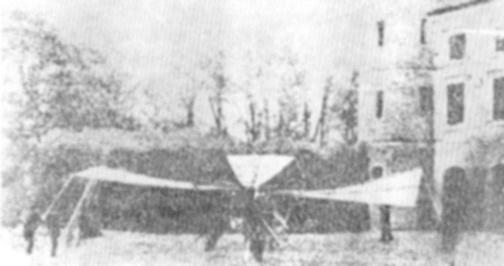
[PL]
5. Peryskop
Jan Heweliusz - (ur. 28 stycznia 1611 w Gdańsku, zm. 28 stycznia 1687 tamże) – gdański astronom, matematyk i konstruktor instrumentów naukowych.
Peryskop znalazł zastosowanie m.in. w technice wojskowej. Pełni tu często równocześnie funkcję lornetki i dalmierza optycznego. Obecnie najczęściej kojarzony jest z okrętami podwodnymi, gdzie umożliwia obserwację powierzchni morza bez wynurzania okrętu. Peryskop jest najstarszym i fundamentalnym elementem obserwacyjnym wyposażenia okrętu podwodnego, który zapewnia informacje wizualne podczas prowadzenia operacji podwodnych oraz pomaga w określaniu pozycji okrętu.
[EN]
5. Periscope
Jan Heweliusz - (born on January 28, 1611 in Gdańsk, died on January 28, 1687 there) - Gdańsk astronomer, mathematician and constructor of scientific instruments. Periscope has been used, among others in military technology. At the same time, it often performs the function of optical binoculars and rangefinders. Currently, it is most often associated with submarines, where it allows observation of the surface of the sea without the ascent of the ship. Periscope is the oldest and fundamental observation element of submarine equipment that provides visual information during underwater operations and helps in determining the position of the ship.

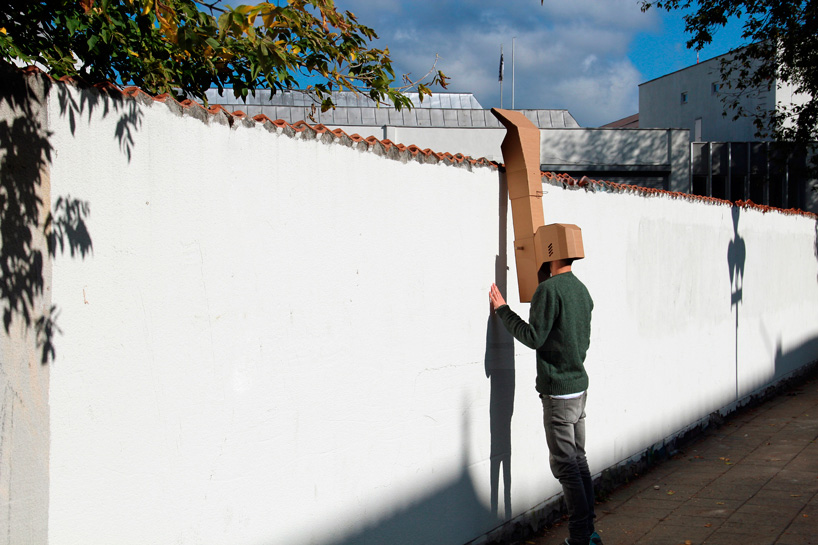
Thank you again for your time, see you!
Źródło:
1 - Kamizelka Kuloodporna
2 - Wykrywacz min
3 - Esperanto
4 - Śmigłowiec
5 - Peryskop
Świetny wpis. Dzięki.
Downvoting a post can decrease pending rewards and make it less visible. Common reasons:
Submit
Bo Polak potrafi ;) Dorzuciłbym Łągiewkę i jego zderzak.
Downvoting a post can decrease pending rewards and make it less visible. Common reasons:
Submit
Super artykuł!
Downvoting a post can decrease pending rewards and make it less visible. Common reasons:
Submit
poprawiona, dzieki :)
Downvoting a post can decrease pending rewards and make it less visible. Common reasons:
Submit